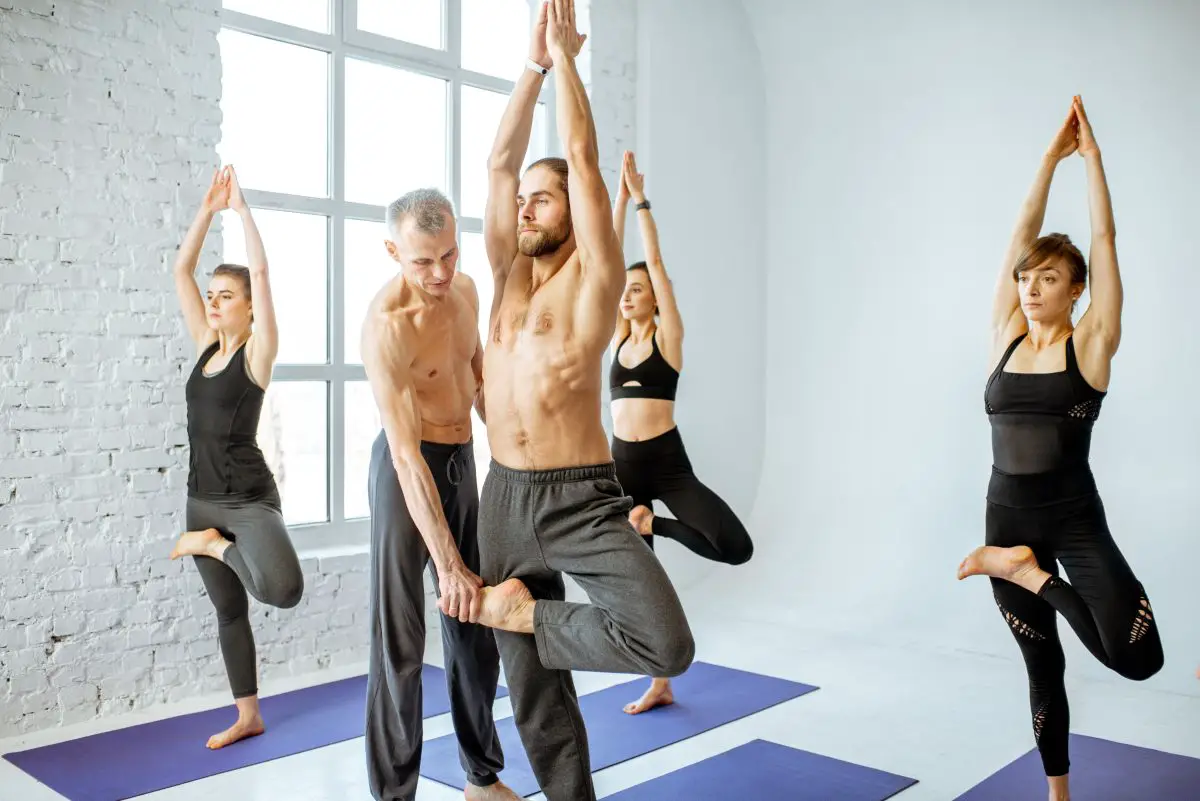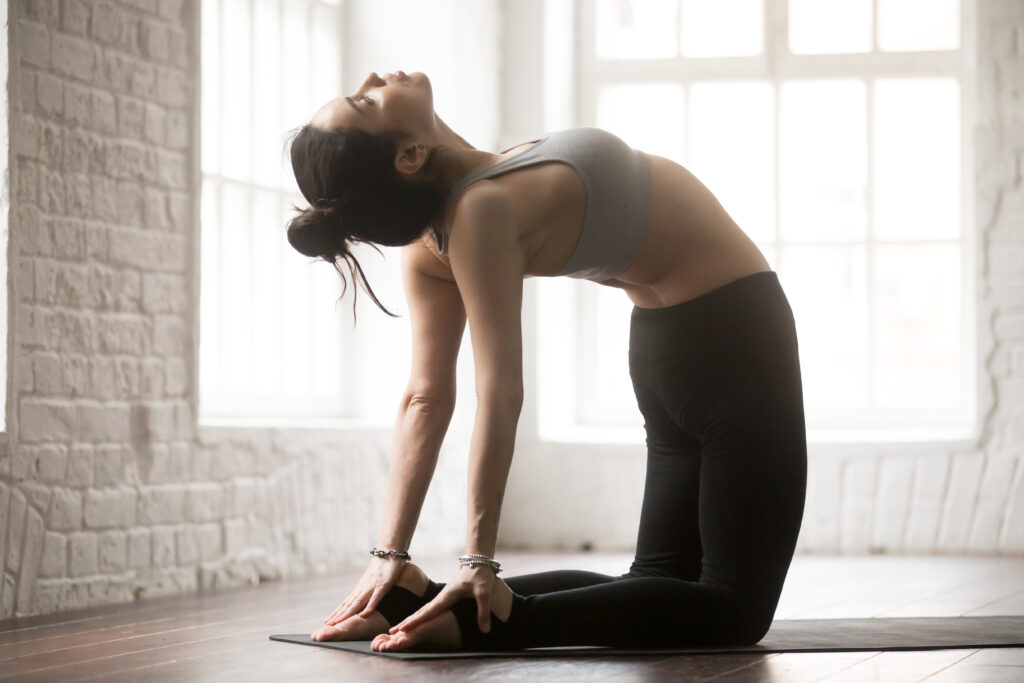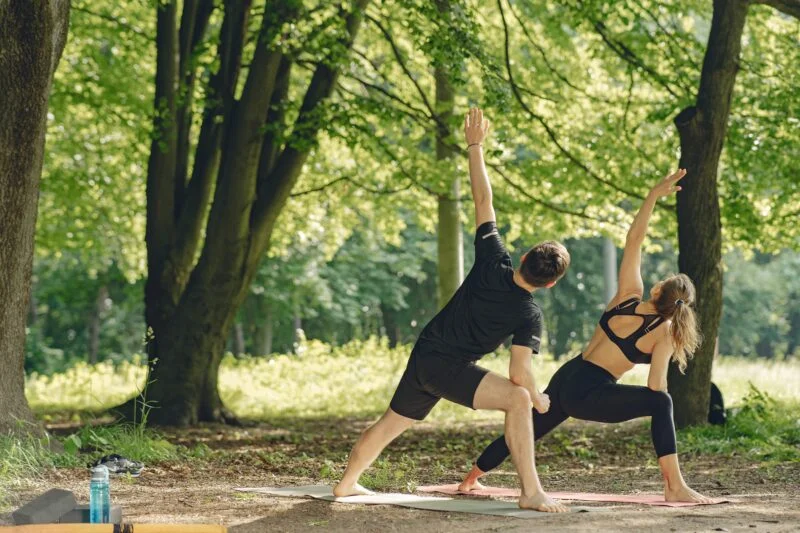Contents
- 1 What do we mean by means of the 8 limbs of yoga?
- 2 What does yoga suggest?
- 3 What are the eight Limbs of Yoga?
- 4 1. YAMA – Restraints, moral disciplines or ethical vows
- 5 2. NIYAMA – tremendous responsibilities or observances
- 6 3. ASANA – Posture
- 7 4. PRANAYAMA – breathing techniques
- 8 5. PRATYAHARA – feel withdrawal
- 9 6. DHARANA – centered concentration
- 10 7. DHYANA – Meditative Absorption
- 11 8. SAMADHI – Bliss or Enlightenment
- 12 Seeing life as it’s far
What do we mean by means of the 8 limbs of yoga?
in line with Patanjali’s Yoga Sutras, there is an eight-fold direction leading to liberation, known as the ‘Ashtanga Yoga system’ or ‘eight Limbs of Yoga’ (the word ‘ashta’ capacity ‘eight’ and ‘anga’ ability ‘limb’). however how does one go about accomplishing this freedom thru yoga? Does it come at the fee of an expensive pair of yoga pants? are you able to reach it by using signing up to a detox retreat or sooner or later touching your feet? in all likelihood no longer…
What does yoga suggest?
The phrase ‘yoga’ means to connect, unite or ‘yoke’. The thing we appearance to hook up with is the genuine Self, additionally called the ‘divine essence’, ‘closing self’, or atman. you would possibly also consider this because the soul.
If that method of idea doesn’t resonate with you, then consider that the word yoga also can mean separation or disentanglement. The aspect we’re disentangling from is anything stops us from feeling free, as the remaining intention of any yoga exercise is to attain moksha, which means liberation or freedom.
What are the eight Limbs of Yoga?
- 1. YAMA – Restraints, ethical disciplines or ethical vows
- two. NIYAMA – high quality duties or observances
- three. ASANA – Posture
- four. PRANAYAMA – breathing techniques
- five. PRATYAHARA – sense withdrawal
- 6. DHARANA – targeted concentration
- 7. DHYANA – Meditative Absorption
- 8. SAMADHI – Bliss or Enlightenment
The 8 Limbs of Yoga program
1. YAMA – Restraints, moral disciplines or ethical vows
this primary limb, Yama, refers to vows, disciplines or practices which are often worried with the sector around us, and our interaction with it. at the same time as the exercise of yoga can indeed boom bodily energy and flexibility and useful resource in calming the thinking, what’s the factor if we’re nevertheless rigid, vulnerable and stressed-out in everyday existence?
There are five Yamas:
- Ahimsa (non-violence),
- Satya (truthfulness),
- Asteya (non-stealing),
- Brahmacharya (proper use of electricity), and
- Aparigraha (non-greed or non-hoarding).
Yoga is a exercise of reworking and benefitting every issue of existence, not simply the 60 mins spent on a rubber mat; if we can discover ways to be kind, honest and use our strength in a worthwhile way, we are able to now not only advantage ourselves with our practice, but the whole thing and all of us around us.
In BKS Iyengar’s translation of the sutras ‘light on the Yoga Sutras’, he explains that Yamas are ‘unconditioned by way of time, elegance and area’, that means irrespective of who we’re, in which we come from, or how a good deal yoga we’ve practised, we will all goal to instil the Yamas within us.
2. NIYAMA – tremendous responsibilities or observances
the second limb of the eight limbs of yoga, Niyama, usually refers to internal obligations. The prefix ‘ni’ is a Sanskrit verb which means ‘inward’ or ‘inside’.
There are five Niyamas:
- saucha (cleanliness),
- santosha (contentment),
- tapas (field or burning desire or conversely, burning of desire),
- svadhyaya (self-have a look at or self-reflection, and examine of religious texts), and
- isvarapranidaha (give up to a better strength).
Niyamas are traditionally practised by way of those who wish to tour similarly alongside the Yogic path and are intended to build individual. curiously, the Niyamas closely relate to the Koshas, our ‘sheaths’ or ‘layers’ main from the bodily body to the essence inside. As you’ll word, whilst we paintings with the Niyamas – from saucha to isvararpranidhana – we’re guided from the grossest components of ourselves to the fact within.
3. ASANA – Posture
The bodily component of yoga is the third step on the course to freedom, and if we’re being sincere, the word asana here doesn’t talk over with the potential to perform a handstand or an aesthetically extraordinary backbend, it capacity ‘seat’ – in particular the seat you will take for the practice of meditation. the sole alignment coaching Patanjali gives for this asana is “sthira sukham asanam”, the posture need to be steady and blissful.
at the same time as conventional texts just like the Hatha Yoga Pradipika listing many postures together with Padmasana (lotus pose) and Virasana (hero pose) appropriate for meditation, this article also tells us that the biggest posture is, in fact, sthirasukhasana – meaning, ‘a posture the practitioner can maintain without difficulty and motionlessness’.
The notion is with a view to take a seat in comfort so we’re now not ‘pulled’ via aches and pains or restlessness owing to being uncomfortable. possibly this is some thing to consider to your next yoga class if you always tend to pick out the ‘advanced’ posture offered, rather than the only your body is able to achieve: “In how many poses are we definitely relaxed and constant?”
4. PRANAYAMA – breathing techniques
The word Prana refers to ‘power’ or ‘life supply’. it’s far frequently describe the very essence that maintains us alive, in addition to the strength inside the universe around us. Prana additionally often describes the breath, and through working with the method we breathe, we affect the idea in a completely actual method.
perhaps one of the most captivating matters about Pranayama is the truth that it could imply two definitely different things, which may lead us in 2 completely specific instructions at this factor on the course to freedom….
we will interpret Pranayama in a couple of ways. ‘Prana-yama’ can imply ‘breath manage’ or ‘breath restraint’, or ‘prana-ayama’ which would translate as ‘freedom of breath’, ‘breath expansion’ or ‘breath liberation’.
The physical act of running with unique breathing techniques alters the mind in a myriad of ways – we are able to choose calming practices like Chandra Bhadana (moon piercing breath) or greater stimulating techniques which includes Kapalabhati (shining cranium cleansing breath).
every way of breathing will alternate our state of being, however it’s as much as us as to whether or not we perceive this as ‘controlling’ the method we sense or ‘liberating’ ourselves from the habitual way our mind may usually be.
5. PRATYAHARA – feel withdrawal
Pratya means to ‘withdraw’, ‘draw in’ or ‘draw back’, and the second one component ahara refers to some thing we ‘take in’ through ourselves, which includes the various points of interest, sounds andsmells our senses absorb constantly. when sitting for a proper meditation exercise, that is probably to be the first element we do when we assume we’re meditating; we consciousness on ‘drawing in’. The exercise of drawing inward may also encompass focussing at the method we’re respiratory, so this limb could relate without delay to the exercise of pranayama too.
The phrase ‘sense withdrawal’ evokes photographs of being able to transfer our senses ‘off’ via awareness, which is why this issue of practice is often misunderstood.
alternatively of really dropping the potential to hear and odor, to peer and feel, the exercise of pratyahara adjustments our kingdom of thinking in order that we end up so absorbed in what it is we’re focussing on, that the things outdoor of ourselves not trouble us and we’re capable of meditate without becoming without problems distracted. skilled practitioners may be capable of translate pratyahara into everyday life – being so focused and gift to the moment to hand, that such things as sensations and sounds don’t without difficulty distract the mind.
6. DHARANA – centered concentration
Dharana capability ‘centered awareness’. Dha means ‘protecting or keeping’, and Ana potential ‘other’ or ‘some thing else’. closely related to the preceding 2 limbs; dharana and pratyahara are quintessential components of the same element. which will focus on something, we ought to withdraw our senses so that all attention is on that point of concentration. in an effort to draw our senses in, we must focus and listen carefully. Tratak (candle gazing), visualisation, and focusing on the breath are all practices of dharana, and it’s this degree many of us get to while we assume we’re ‘meditating’.
7. DHYANA – Meditative Absorption
The seventh limb is ‘meditative absorption’ – while we grow to be absolutely absorbed within the consciousness of our meditation, and this is whilst we’re really meditating. all the things we might also study in class are simply techniques in an effort to help us settle, focus and concentrate. The actual exercise of meditation is actually no longer some thing we are able to actively ‘do’, instead it describes the spontaneous movement of some thing that happens as a result of the entirety else. basically; in case you are honestly meditating, you gained’t have the notion ‘oh, I’m meditating!’…. (sound familiar?)
8. SAMADHI – Bliss or Enlightenment
many of us realize the phrase samadhi as meaning ‘bliss’ or ‘enlightenment’, and this is the very last step of the journey of Patanjali’s Yoga Sutras. after we’ve re-organised our relationships with the outdoor world and our personal internal global, we come to the finale of bliss.
while we study the phrase samadhi although, we discover that ‘enlightenment’ or ‘realisation’ does no longer check with floating away on a cloud in a country of happiness and ecstasy…. Sorry.
Breaking the phrase in half of, we see that this final degree is made up of 2 words; ‘sama’ that means ‘identical’ or ‘same’, and ‘dhi’ which means ‘to peer’. There’s a purpose it’s called realisation. It’s due to the fact achieving Samadhi isn’t about escapism, floating away or being abundantly blissful; it’s approximately realising the very lifestyles that lies in front folks. The potential to ‘see equally’ and except disturbance from the thought, barring our experience being conditioned by means of likes, dislikes or habits, barring a need to judge or end up connected to any particular thing; this is bliss.
Seeing life as it’s far
simply because the theologian Meister Eckhart used the phrase isticheit which means ‘is-ness’ as relating to the natural understanding of seeing and realising simply ‘what is’, this degree isn’t always about attaching to happiness or a sensation of ‘bliss’, but as a substitute it’s about seeing lifestyles and truth for precisely what it’s miles, without our ideas, feelings, likes, dislikes, pride and pain fluctuating and governing it. no longer always a nation of feeling or being, or a hard and fast method of notion; just pure ‘I – am-ness’.
There’s just one capture although – Samadhi isn’t a permanent state…. Patanjali’s Yoga Sutras importantly inform us that unless we are completely geared up, without ‘impressions’ such as attachment, aversion, goals and behavior, and with a totally natural thinking, we will no longer be able to preserve the state of Samadhi for long:
as soon as the mind is pure and we clearly do enjoy a kingdom of Samadhi we will keep preserve of, we attain moksha, also referred to as mukti, which means a permanent state of being liberated, launched and unfastened.






